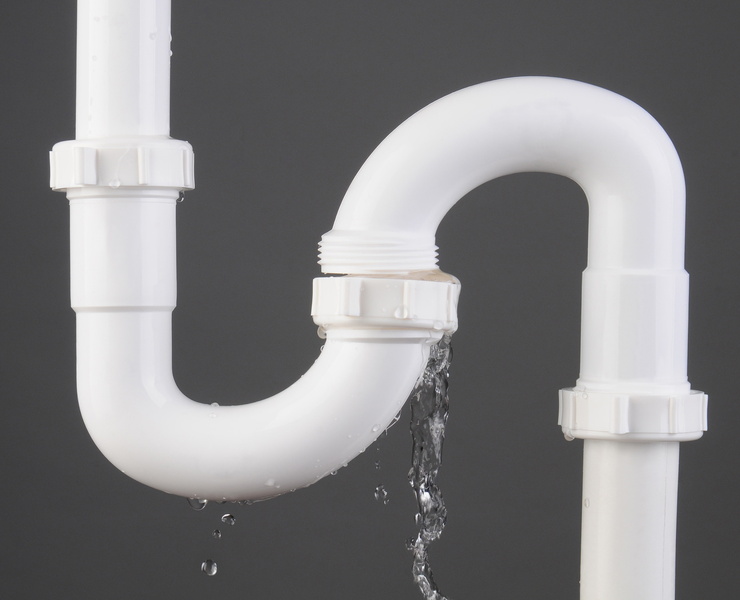Just how to Examine If Your Home Has a Covert Leak
Just how to Examine If Your Home Has a Covert Leak
Blog Article
Presented here in the next paragraph you will discover more quality insight related to Finding hidden leaks.

Early detection of dripping water lines can mitigate a possible calamity. Some tiny water leaks might not be visible.
1. Take A Look At the Water Meter
Every house has a water meter. Inspecting it is a proven way that assists you discover leaks. For starters, switch off all the water resources. Make sure no person will certainly flush, use the faucet, shower, run the cleaning maker or dish washer. From there, most likely to the meter as well as watch if it will transform. Given that nobody is using it, there should be no movements. If it moves, that suggests a fast-moving leak. Similarly, if you spot no changes, wait an hour or two and also check back again. This indicates you may have a slow-moving leakage that can even be below ground.
2. Check Water Intake
Analyze your water bills and also track your water intake. As the one paying it, you ought to discover if there are any inconsistencies. If you detect sudden changes, despite your intake being the same, it implies that you have leakages in your plumbing system. Remember, your water expense ought to drop under the exact same range every month. An unexpected spike in your bill suggests a fast-moving leak.
A constant increase every month, even with the exact same practices, reveals you have a slow-moving leakage that's also slowly escalating. Call a plumber to completely inspect your building, especially if you really feel a cozy location on your floor with piping beneath.
3. Do a Food Coloring Test
When it comes to water intake, 30% comes from bathrooms. If the shade somehow infiltrates your dish throughout that time without flushing, there's a leak in between the storage tank and also bowl.
4. Asses Exterior Lines
Don't forget to inspect your outdoor water lines as well. Needs to water leak out of the link, you have a loosened rubber gasket. One tiny leak can lose tons of water and also increase your water costs.
5. Analyze the situation and examine
Homeowners must make it a practice to inspect under the sink counters and even inside cabinets for any type of bad odor or mold and mildew development. These two warnings suggest a leakage so timely attention is needed. Doing regular examinations, even bi-annually, can save you from a major issue.
A lot more importantly, if you recognize your home is already old, maintain a watchful eye on your heating units, hoses, pipes etc. Check for stainings as well as weakening as the majority of appliances and also pipes have a life span. They will additionally naturally weaken as a result of wear and tear. If you believe leaking water lines in your plumbing system, don't wait on it to intensify. Call an expert plumber as soon as possible so you do not end up with a dreadful mess in your house.
Early detection of dripping water lines can alleviate a potential catastrophe. Some little water leakages may not be noticeable. Inspecting it is a proven method that aids you find leaks. One little leakage can waste loads of water as well as increase your water bill.
If you believe dripping water lines in your plumbing system, don't wait for it to rise.
WARNING SIGNS OF WATER LEAKAGE BEHIND THE WALL
PERSISTENT MUSTY ODORS
As water slowly drips from a leaky pipe inside the wall, flooring and sheetrock stay damp and develop an odor similar to wet cardboard. It generates a musty smell that can help you find hidden leaks.
MOLD IN UNUSUAL AREAS
Mold usually grows in wet areas like kitchens, baths and laundry rooms. If you spot the stuff on walls or baseboards in other rooms of the house, it’s a good indicator of undetected water leaks.
STAINS THAT GROW
When mold thrives around a leaky pipe, it sometimes takes hold on the inside surface of the affected wall. A growing stain on otherwise clean sheetrock is often your sign of a hidden plumbing problem.
PEELING OR BUBBLING WALLPAPER / PAINT
This clue is easy to miss in rooms that don’t get much use. When you see wallpaper separating along seams or paint bubbling or flaking off the wall, blame sheetrock that stays wet because of an undetected leak.
BUCKLED CEILINGS AND STAINED FLOORS
If ceilings or floors in bathrooms, kitchens or laundry areas develop structural problems, don’t rule out constant damp inside the walls. Wet sheetrock can affect adjacent framing, flooring and ceilings.
https://www.servicemasterbyzaba.com/blog/how-to-detect-water-leakage-in-walls/

We had been made aware of that report about Detecting hidden plumbing leaks through an acquaintance on a different site. Sharing is caring. You won't know, you may just be doing someone a favor. Thanks a bunch for your time. Don't hesitate to check our website back soon.
Report this page